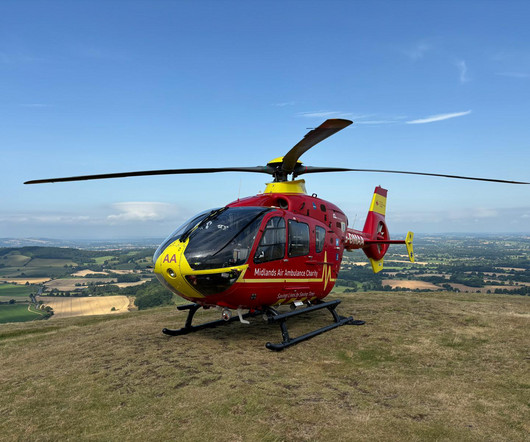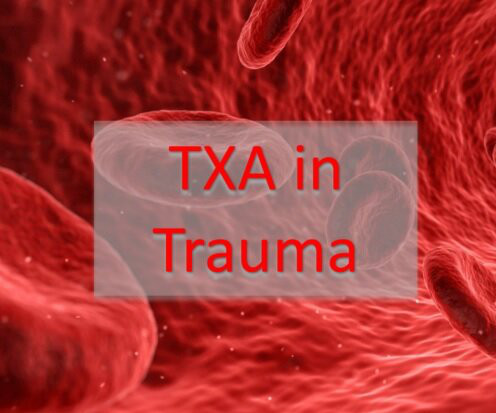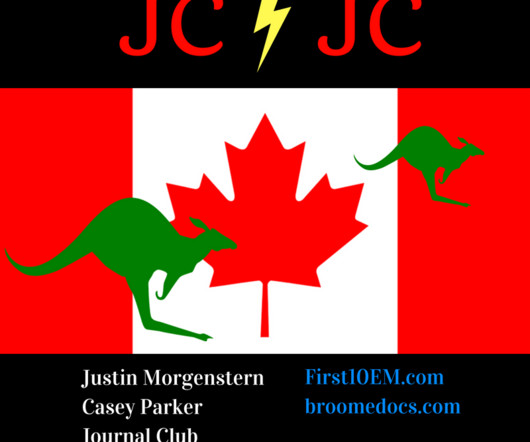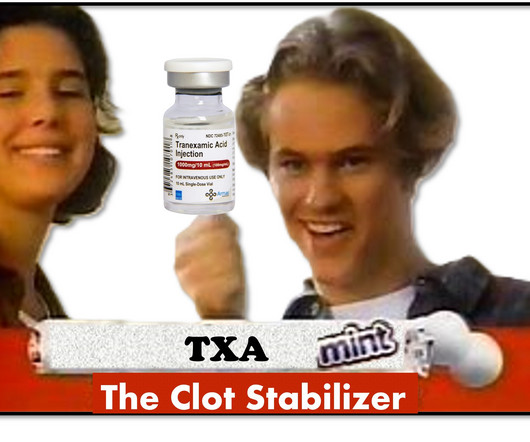Annals of B Pod: Anti-Xa Overdose
Taming the SRU
FEBRUARY 12, 2024
She initially agreed to be transported to the hospital by ambulance, but jumped from the moving vehicle and was subsequently struck and pinned under the fuselage for 10-15 minutes. Hospital Course Based on the primary survey, no acute airway interventions were undertaken. The patient is agitated on a backboard with C-collar in place.


















Let's personalize your content